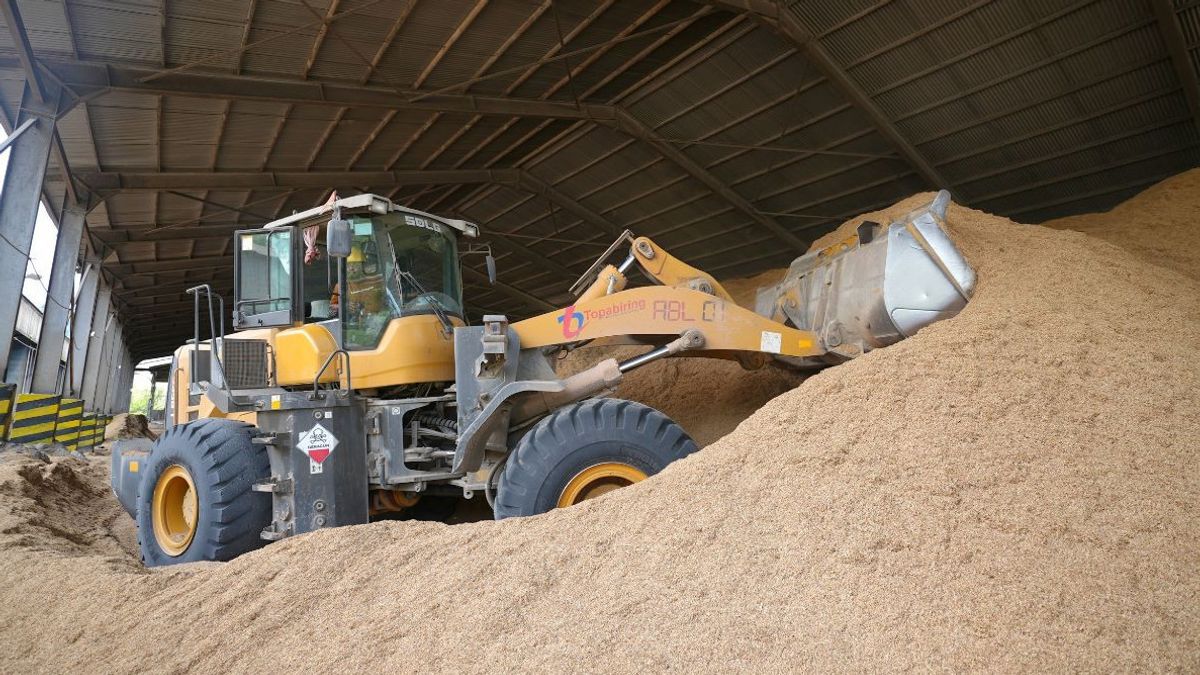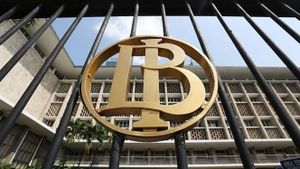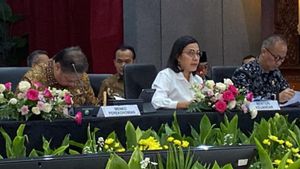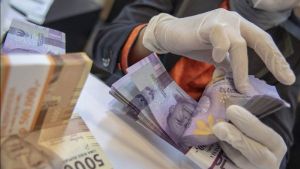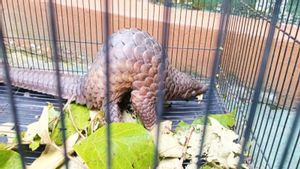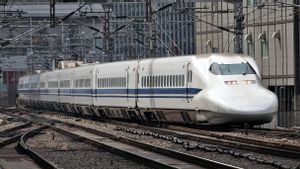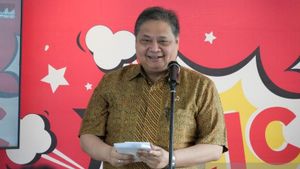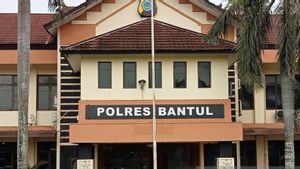JAKARTA - The spirit of GIS supports the realization of low-carbon development in response to sustainability issues such as climate change and resource constraints, prompting the Company to strengthen its focus on implementing sustainability principles ranging from creating sustainable solutions, protecting the environment and creating value for employees and society.
One of the strategic initiatives in protecting the environment is realized through the use of alternative fuel from biomass in the process of making cement at a factory owned by the Company. In 2022, the use of biomass in GIS-owned factories was recorded at 2.7 million tons, which came from rice husks, corncobs, mete shells and palm shells.
SIG's Corporate Secretary, Vita Mahreyni, in a written statement on Thursday, July 27, said that as a producer of building materials with the largest capability in the country, GIS is committed to becoming a motor that drives the transition to a green economy by prioritizing inclusive and fair low-carbon development. The use of biomass is one of the GIS initiatives for fossil energy substitution and encourages the use of environmentally friendly new and renewable energy (EBT).
The use of biomass as an alternative fuel is a solution to reduce agricultural waste that has the potential to cause methane gas if it is allowed to be degraded, as well as provide economic benefits for the community.
"The initiative of GIS in energy management through the use of biomass as an alternative fuel, has received appreciation from the international community with the election of a subsidiary of GIS, namely PT Semen Tonasa, as one of two companies in the world that won the Award of Excellence in Energy Management at the 2023 CEM's Energy Management Leadership Awards," said Vita Mahreyni.
In addition to biomass, GIS utilizes urban waste as alternative fuel through refuse-derived fuel (RDF) technology at the SBI Narogong and Cilacap factories. Through SBI, SIG has pioneered the realization of the first RDF facility in Indonesia located in Jeruklegi, Cilacap.
In addition to sustainable energy management, GIS's focus on environmental protection is also manifested in biodiversity conservation. Still in the area of PT Semen Tonasa, the Company conducts biodiversity conservation and prehistoric sites in Taman Kehati and Geopark Bulu Sipong.
The beginning of the determination of the Sipong Bulu Parks and Geoparks as conservation areas began in 2018, where PT Semen Tonasa saw the potential for a karst landscape and archaeological heritage in clay mining areas managed by the Company. At that time, the management of PT Semen Tonasa moved quickly by establishing the Sipong Bulu area covering an area of 31.64 hectares or 11.3 percent of the total mining area of 280 hectares as a conservation area.
According to Vita Mahreyni, the management of the Taman Kehati and Geopark Bulu Sipong areas is carried out carefully by PT Semen Tonasa according to the GIS recommendations. Starting from reclamation and revegation in conservation areas, controlling operational activities to ensure the effects of vibration and dust remain below the threshold, routine handling of dust, maintenance and irrigation of mining roads, educating the public about the importance of preserving prehistoric sites to prevent vandalism and destruction, to installing signs and access restrictions, as well as collaborating with the Cultural Conservation Center (BPCB).
Monitoring of environmental impacts in the Taman Kehati and Geopark areas of Sipong Bulu is also carried out routinely including dust emission tests, explosive vibrations, and mining acid water. Monitoring results in December 2022 showed vibrations from mining activities not reaching the Sipong Bulu Cave so as not to threaten existing prehistoric sites.
Welcoming the initiative, one of the shareholders of SIG, namely the Norwegian Government Pension Fund (NGPF), positively welcomed the initiative to circumvent cultural heritage in Geopark Bulu Sipong and conduct assessments and monitor the implementation of the initiative.
From 2018 to May 2023, PT Semen Tonasa has planted 22 types of plants with a total of 2,719 trees to increase the diversity of flora in Taman Kehati and Geopark Bulu Sipong, including ebony (diospyros celebica), nailwood (pericopsis mooniana), and bitti (vitex cofassus) which are local endemic plants. Then there are also various fruit plants such as oranges, mangoes, coconuts, rambutan, avocados, durians and sawo.
"SIG always carries out sustainable operations by prioritizing safety and health, compliance with regulations and provisions for environmental conservation and biodiversity, implementing empowerment programs to provide added value for the surrounding community, as well as establishing communication and coordination with stakeholders," said Vita Mahreyni.
The English, Chinese, Japanese, Arabic, and French versions are automatically generated by the AI. So there may still be inaccuracies in translating, please always see Indonesian as our main language. (system supported by DigitalSiber.id)
